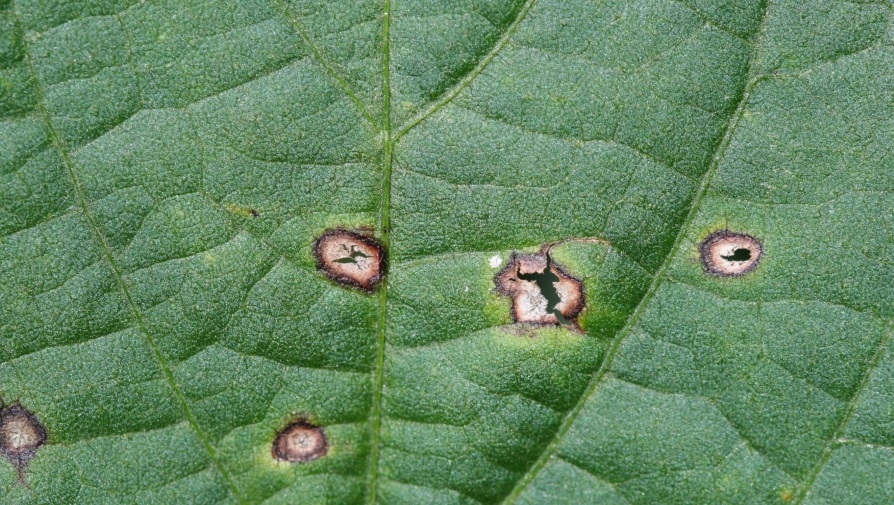Precision Agriculture Survey: The Roller-Coaster Economy Impact
With the almost unbelievable shifts in the economy over the past 12 months, many are looking with great interest at trends in the agricultural dealer businesses.
For the 14th consecutive year, CropLife magazine and Purdue University’s Center for Food and Agricultural Business have conducted a survey of retail crop input dealers to see which precision technologies are being used by dealers, what type of precision services they are expecting to offer in the future, and how precision programs continue to evolve.
How Dealers Are Using Precision
Despite the severe global recession in the general economy, the use of precision technologies within the dealership continued to grow this year. The most commonly used precision technology was GPS guidance systems with manual control/lightbar, 79% of the respondents, up from 73% in 2008, followed by precision technologies being used to provide services to growers — 65%, up from 61%. Similar to last year, the third most-common use of precision technology within the dealership was the use of GPS guidance systems with auto control/autosteer for fertilizer/chemical application, used by over half of the dealerships who responded (53%). Almost half of the respondents, 49%, used both types of GPS guidance systems (manual and automatic steering) while 18% of the dealerships didn’t use either type of guidance system.
To this point, there does not seem to be any economic fallout in the growth of precision technology use within the crop input dealership. Figure 2 shows the trends in the use of these technologies for the last five years. The biggest growth in technology has been in GPS guidance systems. Guidance systems with manual control/light bar continue to grow at a slow but continuous rate, from 61% of the dealerships using the technology in 2004, the first year the question was asked, to almost 80% in 2009. Even greater growth can be seen with the auto control/autosteer guidance systems. In 2004, only 5% of the dealerships were using auto control/autosteer technology. This year, 53% were using the technology, up substantially more than the 37% reported last year.
Another growth area this year was field mapping with GIS for legal/billing and insurance purposes, growing 29% from 2008 to 2009, with over one-third of the responding dealerships now using the technology.
Precision Ag Service Offerings
The precision services that dealerships have offered their customers have remained relatively stable over the past few years with minor fluctuations each year. (This may be due in part to different annual samples of survey respondents.) This year, there were slight declines in several precision service offerings, though there is no evidence to suggest that this is a change in the general trend. Dealers are expecting to add more precision services in the next two years, with continued growth expected through 2011 for all precision services. However, growth estimates are not quite as aggressive as was projected last year at this time.
Offerings of specific precision application services continued to grow in 2009, though a bit slower than the change from 2007 to 2008. The most growth occurred with controller-driven multi-nutrient application, with 39% of the responding dealerships offering the service in 2009, compared to 33% in 2008. Controller-driven single-nutrient application changed very little, hovering around 56% of the dealerships reporting.
Variable-seeding with GPS grew once more this year, from 15% of the dealerships offering the service in 2008 to 18% in 2009. One-quarter of the respondents expected to be offering the service by 2011.
Figure 5 shows the different types of variable-rate application services dealerships expect to offer by the fall of 2009. Consistent with Figure 4, there was very little change in controller-driven single-nutrient application from 2008 to 2009. Just over half of the respondents (52%) offered controller-driven single-nutrient application of fertilizer, 44% offered the application of lime, and 23% offered the service for chemicals.
The most growth in controller-driven multiple-nutrient application was for fertilizer, increasing from almost one-third of the respondents in 2008 to 39% in 2009.
Profitability
Despite the faltering economy, as of February 2009, responding dealerships hadn’t seen a big change in the profitability of their service offerings, with profitability levels remaining near 2008 levels. For each precision service, Figure 6 shows the percentage of respondents who indicated the service was generating a profit (covering both fixed and variable costs) from 2003 to 2009. As in 2008, 43% of the respondents felt that their total precision package was profitable. The most profitable precision service continued to be controller-driven multi-nutrient application, with 51% of the respondents saying that it generated a profit for them. However, half of the respondents said that controller-driven single-nutrient variable-rate application was generating a profit this year as well.
Expected Investments
Given the current market environment, another question we had for dealers was how much they would be investing in precision technology this year. Interestingly, more respondents were expecting to increase their investment in precision technologies this year compared to 2008. Over half of the responding dealerships (52%) said they were expecting to invest more than $10,000 in precision technology this year, up from only 39% of the respondents a year ago. One-third of the respondents (35%) said they expected to invest $10,001 to $49,000 in 2009, while another 7% expected to spend $50,000 to $99,999, and one in 10 expected to invest more than $100,000 in precision technology in 2009.
Summary
Though the crash in global economy has dominated media attention over the past nine months, the effects have not been seen in the precision technology and service areas of agricultural dealerships. Demand for these services is expected to continue to grow slowly. And with crop prices remaining relatively stable at levels higher than seen in the last few years (the bubble in 2008 aside) and demand for services continuing to increase, dealerships are willing to invest more into technologies to improve accuracy and data collection/use in their businesses. We will check in with dealerships in 2010 to determine if this high level of investment is realized!





